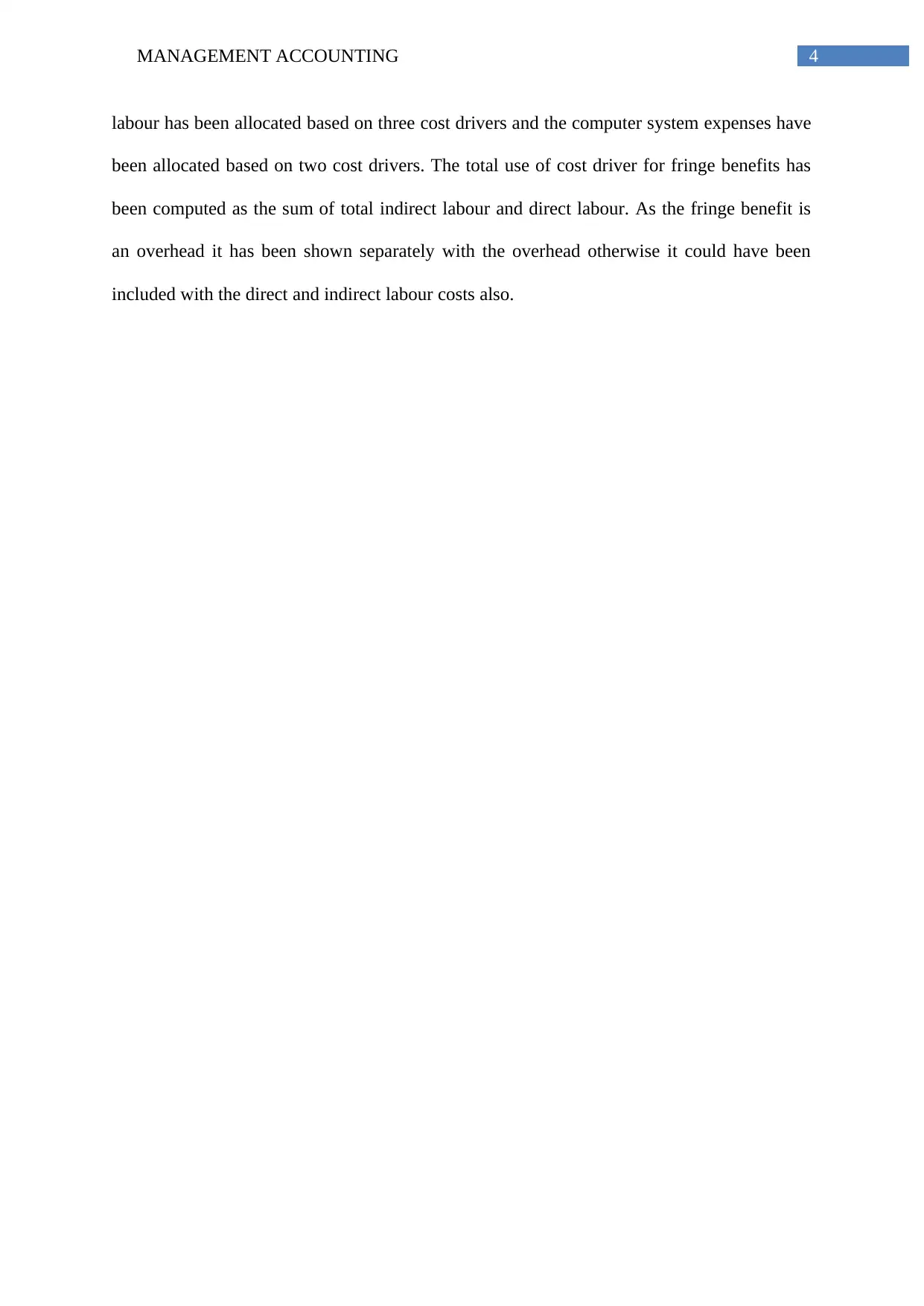Classic Pen Company: Developing an ABC Model - Acct 324, MacEwan Uni
VerifiedAdded on 2023/03/31
|8
|569
|80
Case Study
AI Summary
This case study solution provides a comprehensive analysis of Classic Pen Company using the Activity Based Costing (ABC) model. It includes calculations of operating income for each product, comparing traditional costing methods with ABC. The analysis reveals the profitability of different pen types and offers recommendations for improving efficiency and sales, particularly for Red and Purple pens, by managing activities and increasing production. The document includes detailed workings and explanations of cost driver rates and overhead allocation, highlighting the benefits of ABC over traditional methods for accurate cost distribution. Desklib provides this document as a valuable resource, along with a wealth of other solved assignments and study materials, to support students in their academic pursuits.
1 out of 8















![[object Object]](/_next/static/media/star-bottom.7253800d.svg)